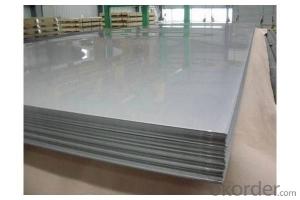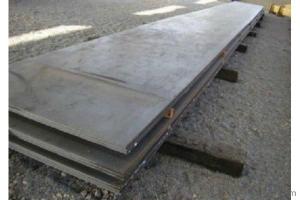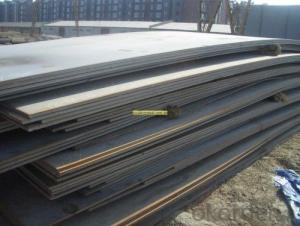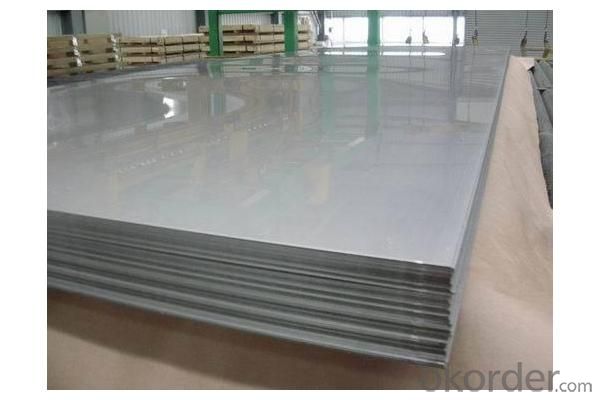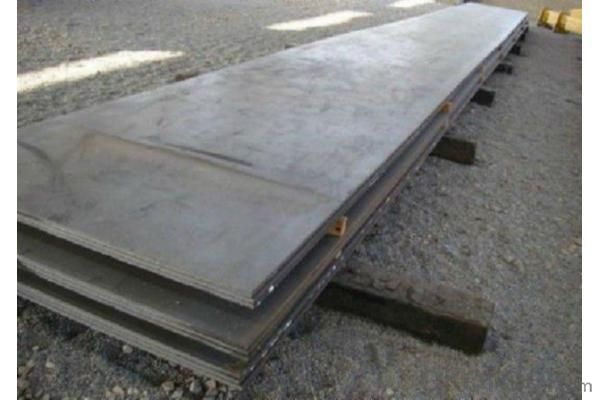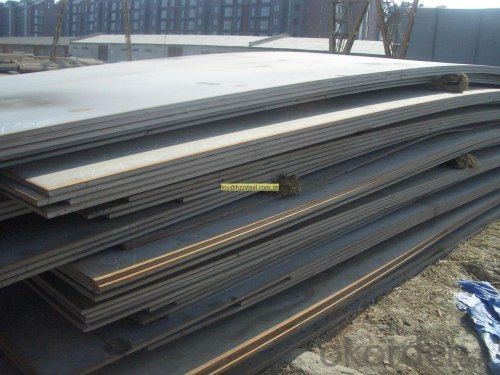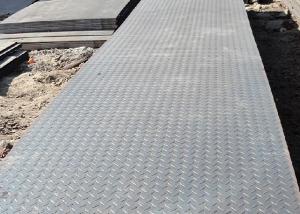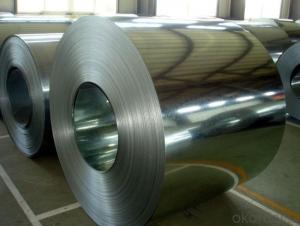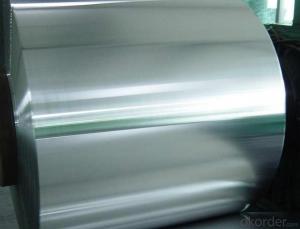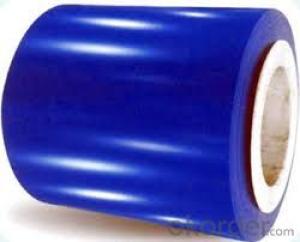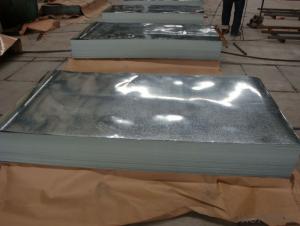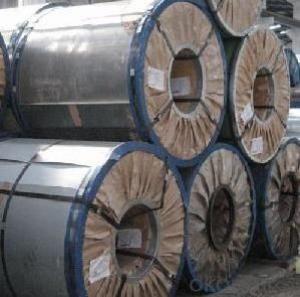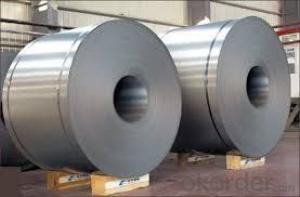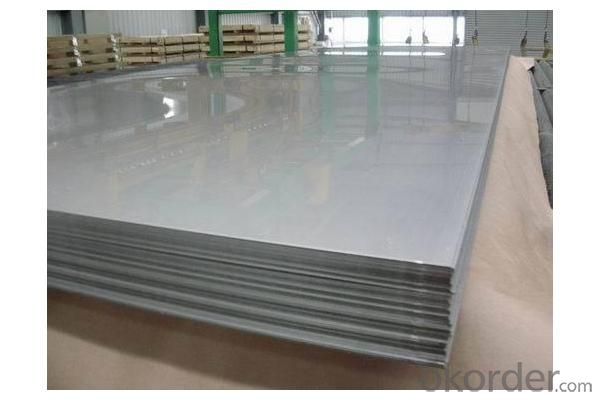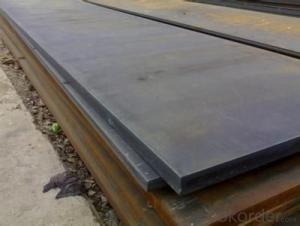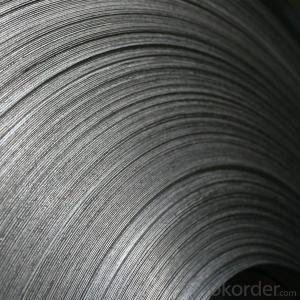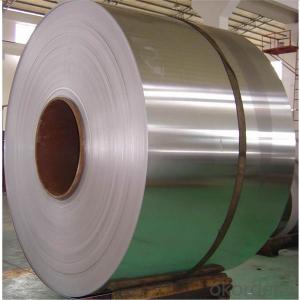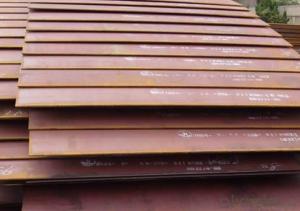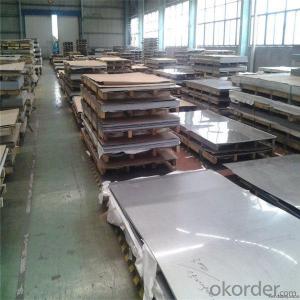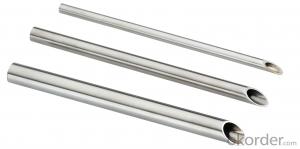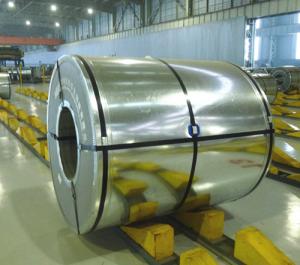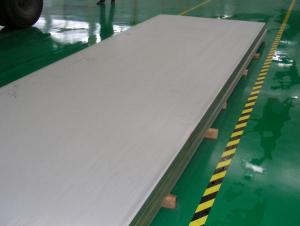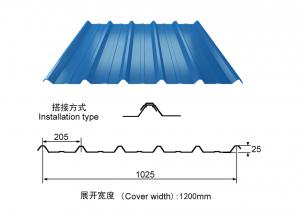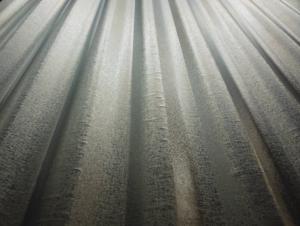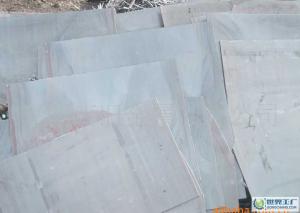300 Series Grade and JIS,AISI Standard stainless Steel per ton ISO certificate from cnbm
- Loading Port:
- Tianjin
- Payment Terms:
- TT OR LC
- Min Order Qty:
- 50 m.t.
- Supply Capability:
- 20000 m.t./month
OKorder Service Pledge
OKorder Financial Service
You Might Also Like
Quick Details
Standard: AISI, ASTM, BS, DIN, GB, JIS
Grade: 301,304,310S,316L,317L
Thickness: 3.0-10mm
Type: Steel Coil
Technique: Cold Rolled
Surface Treatment: Coated
Special Use: High-strength Steel Plate
Width: 1500-2500mm
quality: high quality
price: low price
Packaging & Delivery
| Packaging Details: | Iron sheet packing or as clients' requirement |
|---|---|
| Delivery Detail: | within 10-30 working days |
Specifications
material quality:301,304,310S,316L,317L
specification:0.4-5.0*1000/1219*1500
Lenth:6m
high quanlity and Competitive price
Stainless Steel Plate/Sheet/Coil
201,202,304,316,304L,316L,309S,310S,321,410,420,430,403
Introduction
stainless steel is one of Austenitic stainless steel. As a versatile steel, it has good corrosion resistance, heat resistance, low temperature strength and mechanical properties. Meanwhile, it is quite good in pressing, bending and other thermal processing.
Standard
The chemical and mechanical composition of the material is in accordance with GB,JIS,ASTM,and EN.
200,300,400series,201,202,301,304,304L,309S,310S,316,316L,410,430,etc.
Specification:
Our coils are directly ordered from mills.300 series stainless steel(304,304L,316L,321),duplex(2205),heat resistant steel(309s,310s)are the main product.Thickness from 0.2mm to 20mm,width is from 300mm to 2000mm,weight is from 2 tons to 26 tons.
Technology
cold draw, hot rolled, cutting, split, polished, protect coating as customer requirement
Packing
Iron sheet packing or as clients' requirement
Quality
MTC,ISO ,BV ,SGS CERTIFICATE
Application:
Machinemade industry, chemical industry, shipping industry architecture, food industry,household products,and so on.
- Q: Can steel sheets be used for signage or advertising boards?
- Yes, steel sheets can be used for signage or advertising boards. Steel is a durable and weather-resistant material, making it suitable for outdoor applications. It can be easily cut, shaped, and painted to create custom designs for signage or advertising purposes. Additionally, steel's strength allows for larger and more robust signboards, ensuring visibility and longevity.
- Q: Can steel sheets be used in the food processing industry?
- The food processing industry can utilize steel sheets for various purposes. Steel, being a highly versatile and durable material, finds extensive applications in this industry. Steel sheets are commonly employed in the construction of tables, work surfaces, shelves, cabinets, and containers, among other equipment and machinery. The suitability of steel sheets for the food processing industry arises from their unique properties. Firstly, steel exhibits resistance to corrosion, a crucial factor in an environment where food and liquids are constantly present. This resistance ensures that the steel sheets maintain their structural integrity and do not contaminate the food being processed. Secondly, steel is easily cleanable and sanitizable, a critical requirement for maintaining high standards of hygiene in the food processing industry. The smooth surface of steel sheets allows for easy wiping and prevents the accumulation of dirt, bacteria, and other contaminants that could compromise the quality and safety of the food. Furthermore, steel sheets possess exceptional strength and can withstand heavy loads and physical impacts. This makes them ideal for use in equipment and machinery that handle large quantities of food or require frequent movement or transportation. Additionally, steel is a non-porous material, meaning it does not absorb or retain odors, flavors, or stains from the food being processed. This property ensures that the steel sheets do not affect the taste or quality of the food. To summarize, steel sheets are widely utilized in the food processing industry due to their durability, corrosion resistance, ease of cleaning, and non-porous nature. They provide a reliable and hygienic solution for constructing essential equipment and machinery in food processing operations.
- Q: Can steel sheets be used for soundproofing purposes?
- Steel sheets are indeed suitable for soundproofing purposes. Due to its density and rigidity, steel effectively blocks the transmission of sound waves. When utilized in soundproofing applications, steel sheets aid in reducing the amount of sound that penetrates through walls, floors, or ceilings. They can be installed as a barrier or added as an extra layer to existing structures, thus enhancing their soundproofing capabilities. However, it is essential to acknowledge that relying solely on steel sheets may not guarantee complete soundproofing, as sound can still travel through alternate pathways like windows or doors. Therefore, a comprehensive soundproofing approach may entail combining steel sheets with other sound-absorbing materials, such as acoustic foam or insulation, to achieve optimal outcomes.
- Q: Can steel sheets be used for food-grade applications?
- Yes, steel sheets can be used for food-grade applications. However, it is crucial to ensure that the steel sheets are made from food-grade stainless steel, such as Type 304 or Type 316, which comply with specific sanitary regulations and have excellent corrosion resistance properties. Additionally, proper cleaning and maintenance practices must be followed to ensure the safety and hygiene of the food contact surfaces.
- Q: Can the steel sheets be easily welded?
- Steel sheets can indeed be welded with ease. Joining steel sheets together is commonly achieved through the process of welding. This procedure entails melting the edges of the steel sheets, followed by allowing them to cool and solidify, resulting in a sturdy connection. It is worth mentioning, however, that the ease of welding may vary depending on factors such as the type and thickness of the steel sheets, as well as the expertise and experience of the welder. Furthermore, it is crucial to adhere to appropriate safety measures and welding techniques to guarantee a successful and secure welding procedure.
- Q: What are the common thicknesses available for steel sheets?
- The common thicknesses available for steel sheets vary depending on the industry and application requirements. However, some commonly available thicknesses for steel sheets range from 0.5mm to 6mm, with increments of 0.5mm or 1mm.
- Q: What are the different grades of steel sheets?
- There are several different grades of steel sheets, including low carbon steel, high carbon steel, stainless steel, galvanized steel, and alloy steel. Each grade has unique properties and is used for specific applications based on its strength, durability, corrosion resistance, and other factors.
- Q: How are steel sheets tested for quality?
- Steel sheets are tested for quality through various methods, including visual inspection, measurement of dimensions, evaluation of surface defects, assessment of mechanical properties, and chemical composition analysis.
- Q: Are steel sheets suitable for architectural cladding?
- Yes, steel sheets are suitable for architectural cladding. Steel cladding offers durability, strength, and versatility in design, making it a popular choice for architects. It can be easily formed into different shapes and sizes, providing flexibility in creating unique building facades. Additionally, steel cladding is resistant to weather conditions, fire, and pests, making it a long-lasting and low-maintenance option for architectural applications.
- Q: What is the price range for steel sheets?
- The price range for steel sheets can vary greatly depending on factors such as the size, thickness, quality, and market conditions. However, generally speaking, steel sheets can range anywhere from $30 to $150 per sheet.
Send your message to us
300 Series Grade and JIS,AISI Standard stainless Steel per ton ISO certificate from cnbm
- Loading Port:
- Tianjin
- Payment Terms:
- TT OR LC
- Min Order Qty:
- 50 m.t.
- Supply Capability:
- 20000 m.t./month
OKorder Service Pledge
OKorder Financial Service
Similar products
Hot products
Hot Searches
Related keywords
